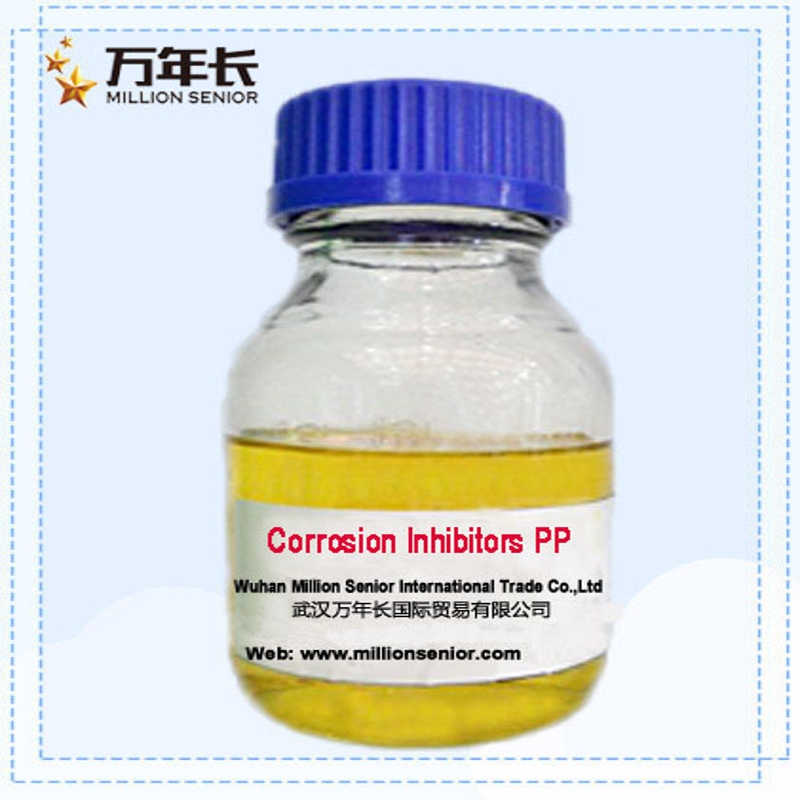-
Categories
-
Pharmaceutical Intermediates
-
Active Pharmaceutical Ingredients
-
Food Additives
- Industrial Coatings
- Agrochemicals
- Dyes and Pigments
- Surfactant
- Flavors and Fragrances
- Chemical Reagents
- Catalyst and Auxiliary
- Natural Products
- Inorganic Chemistry
-
Organic Chemistry
-
Biochemical Engineering
- Analytical Chemistry
-
Cosmetic Ingredient
- Water Treatment Chemical
-
Pharmaceutical Intermediates
Promotion
ECHEMI Mall
Wholesale
Weekly Price
Exhibition
News
-
Trade Service
[ Policies and Regulations on Chemical Machinery and Equipment Network ] To implement the Environmental Protection Law of the People’s Republic of China and Xinjiang Uygur Autonomous Region Environmental Protection Regulations, protect the ecological environment, protect human health, improve the level of ecological environment management, and standardize the monitoring of the ecological environment, Xinjiang Uygur Autonomous Region The Department of Ecology and Environment has studied and formulated the local environmental protection standards for the Determination of Soil Petroleum by Fluorescence Spectrophotometry, and now it is soliciting opinions from relevant units
.
Chemical Machinery and Equipment Network Policies and Regulations Chemical Machinery and Equipment.
With the rapid development of the chemical industry and petroleum extraction industry, the petroleum-based substances in the exhaust gas and wastewater pollute the surrounding soil
.
Xinjiang is rich in oil resources, and a large amount of oil extraction and refining is bound to increase the risk of soil pollution in this area
.
In order to determine whether the soil is contaminated and determine its content, it is necessary to establish an analysis method of petroleum in the soil
.
.
Xinjiang is rich in oil resources, and a large amount of oil extraction and refining is bound to increase the risk of soil pollution in this area
.
In order to determine whether the soil is contaminated and determine its content, it is necessary to establish an analysis method of petroleum in the soil
.
At present, the determination methods of petroleum in the soil mainly include: gravimetric method, turbidity method, gas chromatography, electrical resistance method, thermal analysis method, ultraviolet spectrophotometry, fluorescence photometry, non-dispersive infrared absorption photometry, infrared spectrophotometry Wait [15]
.
But each method has its advantages and disadvantages, and its scope of use also has certain limitations
.
.
But each method has its advantages and disadvantages, and its scope of use also has certain limitations
.
The fluorescence method used in the standard of this method has low instrument cost, is easy to popularize, and has universal applicability
.
The scope of application, detection limit, lower limit of determination, and measurement range of the method are compatible with China's environmental quality standards and industry emission standards
.
The method has strong anti-interference ability
.
.
The scope of application, detection limit, lower limit of determination, and measurement range of the method are compatible with China's environmental quality standards and industry emission standards
.
The method has strong anti-interference ability
.
The main technical content of this standard includes: the scope of application of the standard, normative references, method principles, sample collection requirements, sample storage and transportation conditions, experimental reagent specifications and special requirements, equipment requirements, sample pretreatment process research, interference of the analysis process, the method detection limit, precision, accuracy and calculating said quality control and quality assurance content
.
.
Principle of the method: The petroleum in the soil is extracted by shaking with n-hexane
.
After the extract was adsorbed with magnesium silicate to remove polar substances, the petroleum was measured with a fluorescence spectrophotometer
.
The extract is irradiated by the excitation spectrum, and the molecules undergo transitions.
When the molecules return from the excited state to the ground state, they release the absorbed energy in the form of fluorescence to emit fluorescence.
The fluorescence intensity is proportional to the content of petroleum in the soil within a certain concentration range
.
.
After the extract was adsorbed with magnesium silicate to remove polar substances, the petroleum was measured with a fluorescence spectrophotometer
.
The extract is irradiated by the excitation spectrum, and the molecules undergo transitions.
When the molecules return from the excited state to the ground state, they release the absorbed energy in the form of fluorescence to emit fluorescence.
The fluorescence intensity is proportional to the content of petroleum in the soil within a certain concentration range
.
Instruments and equipment: sampling bottle, fluorescence spectrophotometer, balance, conical flask with stopper, horizontal shaker , colorimetric tube, general laboratory utensils and equipment
.
Oscillator.
This standard specifies the fluorescence spectrophotometric method for the determination of petroleum in soil
.
This standard applies to the determination of petroleum in soil
.
.
This standard applies to the determination of petroleum in soil
.
When the sampling volume is 10g, the extract volume is 100ml, and a 10mm quartz cuvette is used, the detection limit of the method is 3mg/kg, and the lower limit of determination is 12mg/kg
.
.
Original title: "Determination of Soil Petroleum by Fluorescence Spectrophotometry" Environmental Protection Standards Solicited Comments







